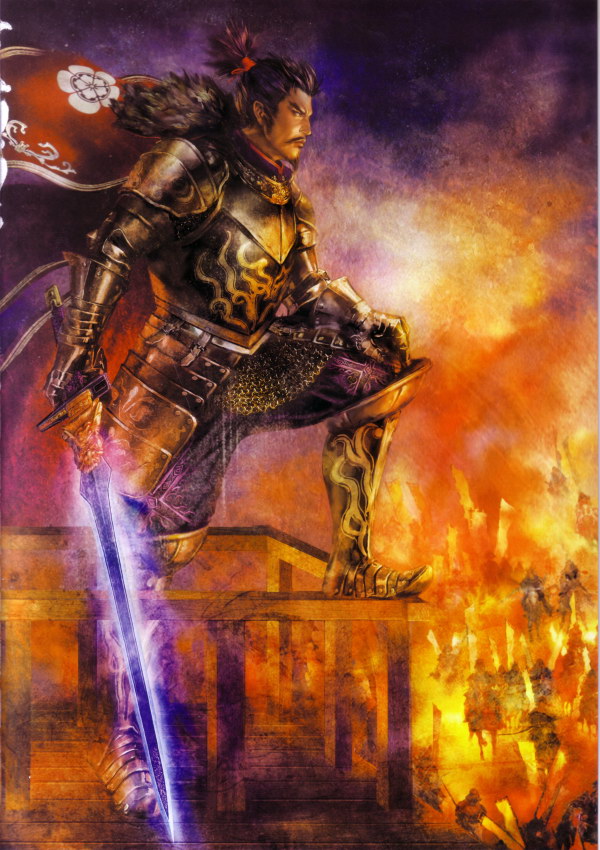


In this respect, Nagashino can be said to mark the transition from medieval to modern warfare in the Japanese context. Before Nagashino, samurai and, later, cavalry had dominated the battlefield after Nagashino, well-trained and highly disciplined infantry were the key to victory. Oda’s skillful use of firearms to defeat Takeda’s cavalry is often cited as a crucial turning point in Japanese military history. The battle was over and Nagashino had been relieved. By midday the Takeda attack had been broken and his army had suffered the loss of 10,000 men, two-thirds of his original besieging force. Those few mounted Takeda fighters who did make it to the breastwork were finished off by Oda’s samurai. The Takeda cavalry pressed the attack as best they could, but Oda’s 3,000 arquebusiers, firing by volleys of 1,000 rounds at a time, and concealed across a river and breastwork easily blunted the attack. At that range the defenders’ matchlocks could easily penetrate the attackers’ armour and the repeated volleys of musket fire proved devastating. They pressed on, however, cresting the stream bed and closing to within fifty metres of Oda’s first line, at which point Oda ordered his musketeers to open fire. Battle of Nagashino pictured on a Byōbu screen – Wikimedia CommonsĪs Oda had anticipated, the cavalry were indeed slowed by the stream. Sensing that this distance could quickly be covered by his vaunted cavalry, and believing that the heavy rain that was falling would render the matchlock guns of Oda’s forces useless, Takeda ordered the charge. The Takeda army then advanced, emerging from the cover of a forest less than 400 metres from the Oda–Tokugawa lines. Oda deployed his force of approximately 10,000 musketeers behind a breastwork, wooden barricades embedded with large wooden spikes, and arrayed them in three lines so that they would be able to deliver volley fire by ranks. Oda and Tokugawa positioned their men across the plain from the castle, behind a small stream whose steep banks, it was hoped, would slow down the cavalry charges for which the Takeda clan famous. Having 15,000 fighters at his command, Takeda deployed 12,000 of them against the relievers, leaving the remaining 3,000 to continue the siege and to prevent the castle’s garrison from sallying forth and joining the battle. On June 28, the relieving force of 38,000 men finally arrived under the joint command of Tokugawa Ieyasu and Oda Nobunaga.

But Sadamasa had received word that a relieving force was on the way and, buoyed by the news, held firm. By late July, Takeda’s forces had tightened their grip on the castle and things were looking grim for Sadamasa. On June 16, 1575, Takeda Katsuyori laid siege to Nagashino Castle, which was held by his one-time ally and now enemy Okudaira Sadamasa.


 0 kommentar(er)
0 kommentar(er)
